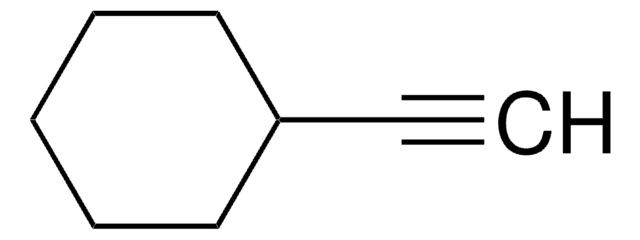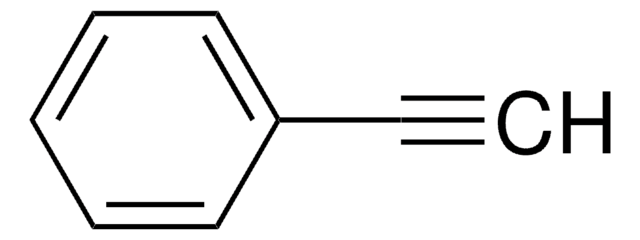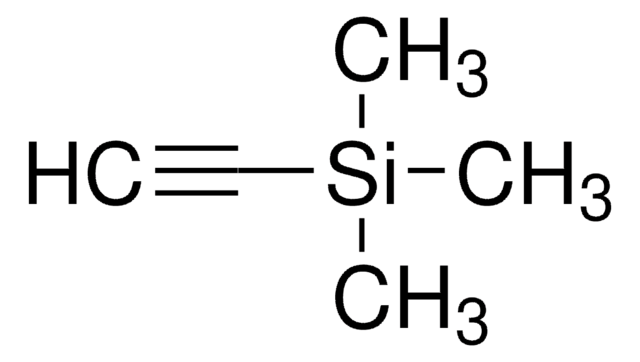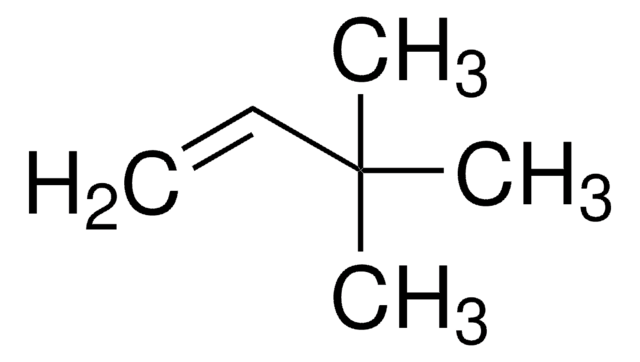244392
3,3-Dimethyl-1-butyne
98%
Synonym(s):
tert-Butylacetylene
About This Item
Recommended Products
vapor pressure
7.88 psi ( 20 °C)
assay
98%
form
liquid
refractive index
n20/D 1.374 (lit.)
bp
37-38 °C (lit.)
mp
−78 °C (lit.)
density
0.667 g/mL at 25 °C (lit.)
storage temp.
2-8°C
SMILES string
CC(C)(C)C#C
InChI
1S/C6H10/c1-5-6(2,3)4/h1H,2-4H3
InChI key
PPWNCLVNXGCGAF-UHFFFAOYSA-N
Looking for similar products? Visit Product Comparison Guide
Related Categories
Application
accessory
signalword
Danger
hcodes
Hazard Classifications
Aquatic Chronic 3 - Flam. Liq. 2
Storage Class
3 - Flammable liquids
wgk_germany
WGK 2
flash_point_f
-21.1 °F
flash_point_c
-29.5 °C
ppe
Eyeshields, Faceshields, Gloves
Choose from one of the most recent versions:
Certificates of Analysis (COA)
Don't see the Right Version?
If you require a particular version, you can look up a specific certificate by the Lot or Batch number.
Already Own This Product?
Find documentation for the products that you have recently purchased in the Document Library.
Customers Also Viewed
Our team of scientists has experience in all areas of research including Life Science, Material Science, Chemical Synthesis, Chromatography, Analytical and many others.
Contact Technical Service















